The albino plants hardly ever flower. The loss of chlorophyll is not the only mutation that happens to them. Many are sterile. If not, it is hard to find a partner for pollination. Here are some seed propagation statistics from our observations:
the number of albinos which survive at least one season 0 - 5%
The pollination between generatively bred albinos has succeeded and also some self-pollination was noticed. The germinative faculty of these seeds is very low (0 - 1%). The offsprings are more like chimeras of green and albino specimens.
(Statistic in these cases is inadequate, because the number of the experiments is too low.)
Albinos have rather unusual ways of dying. Other than accidents, the most usual cause of death is cork tissue that appears between the stock and the graft. The graft loses its colour, and off-sets from stock grow more intensively. This may last for months and then suddenly, in one day, the graft dies.
ABOUT COLOURS
Chlorophyll, carotene and xanthophyll are found in leaves, young stalks and unripe fruits. Chloroplasts are found in cells along with chromoplasts, which especially contain carotenoids and leucoplasts. These are without pigment and contain mostly starch. Under certain circumstances, these plastids pass into each other. Their metamorphose is induced by change of temperature and the amount of sun energy.
Anthocyanins and betalains (red, violet, purple) are in the cytoplasm. Their colour depends on the quantity of the pigment and pH in the cells and change during the ageing of the cells. One of the functions of these pigments is probably protection from the sun's rays, especially UV rays. Plants in high mountains or arctic regions have larger quantities of these pigments.
Some parasitic plants can live with very low quantity of chlorophyll.
Cuscuta epithymum
When fruit is ripe, the chloroplasts change into chromoplasts. They have large quantities of carotenoids. These can crystallise and damage the tissue, which may cause rooting of the fruit.
We can observe the changing colours of the leaves every autumn. The chloroplasts decay, because of the lower temperature and a large quantity of the light at the same time. The colour of the leaves depends then on the pigments that were covered with the predominating chlorophyll. Plants with especially intensive colours have been attractive to mankind since ancient times. We breed them for decoration and give a great deal of our attention to the new sorts.
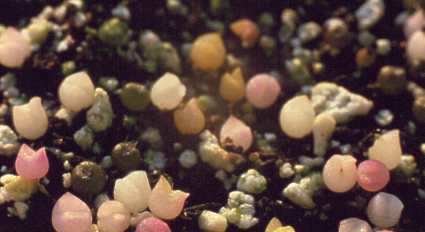
Photo 1. Albino plants are not unknown phenomena. Their fortune is inexorable; when they use all the reserve food from cotyledons, they die. The photography shows an albino pea.
foto: jure.slatner@guest.arnes.si
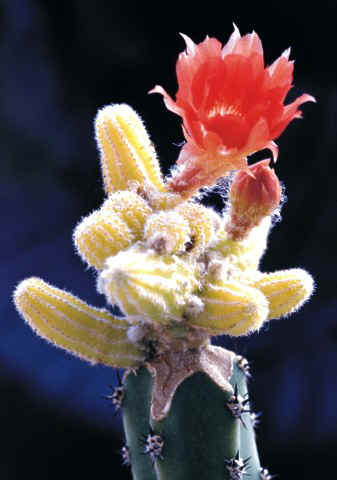
Photo 2. Chamaecereus silvestrii x Lobivia 'Aurea' It often appears as a hybrid with Lobivia.
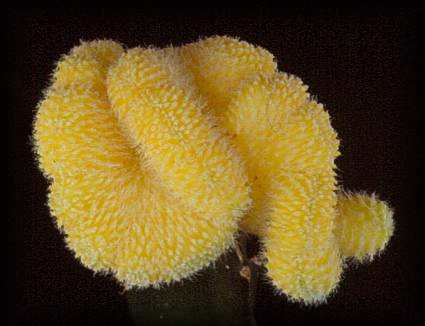
Photo 3. Different forms can be bought, even f. cristata.
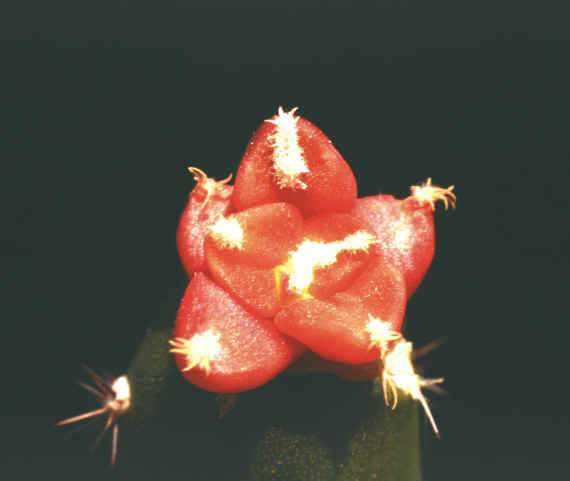
Photo 4. Ariocarpus 'Rubrum' (1995) The plant was a hybrid between A. retusus and A. kotschoubeyanus. Every year it became greener and lost its red color. After 6 years it died without any obious reason. What a pity.
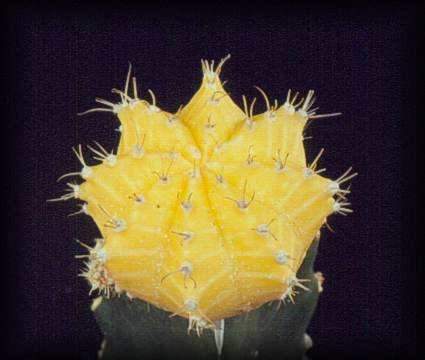
Photo 5. Gymnocalicium mihanovichii 'Aurea' (Foto: Iztok Mulej) This yellow form is a form without betalain. The plant is not so vital as the red one.
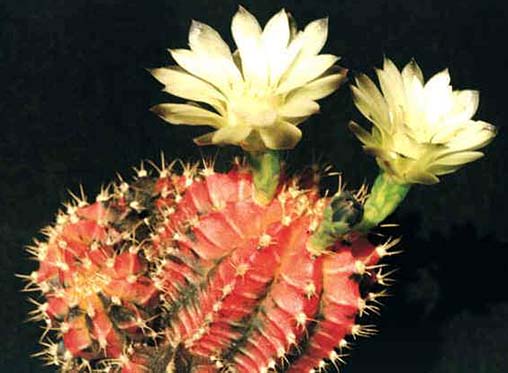
Photo 6. The first cactus without chlorophyll raised by I. Mulej. The seeds were obtained after cross-pollination of a red and black G. michanovichii cultivars. Photo: iztok.mulej@guest.arnes.si





